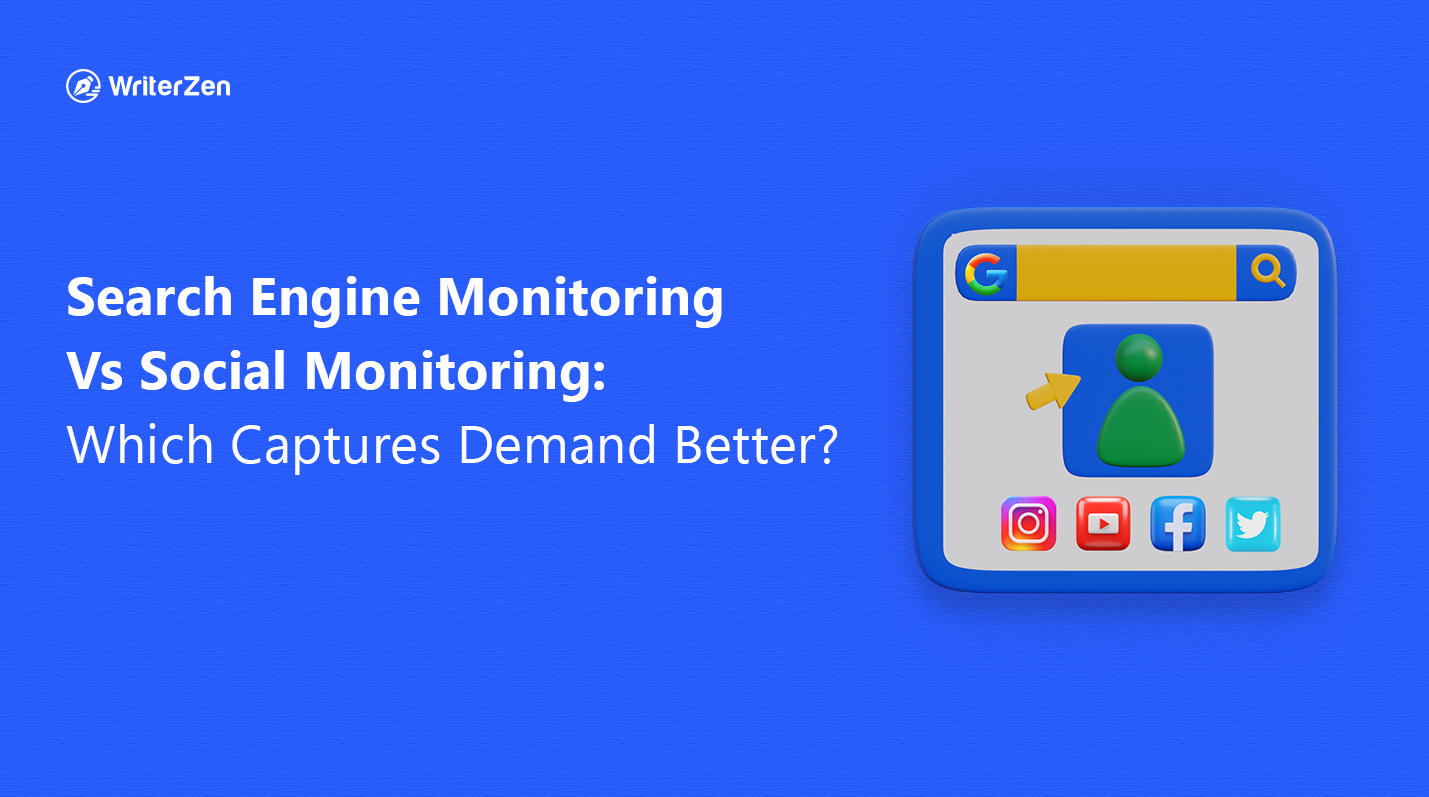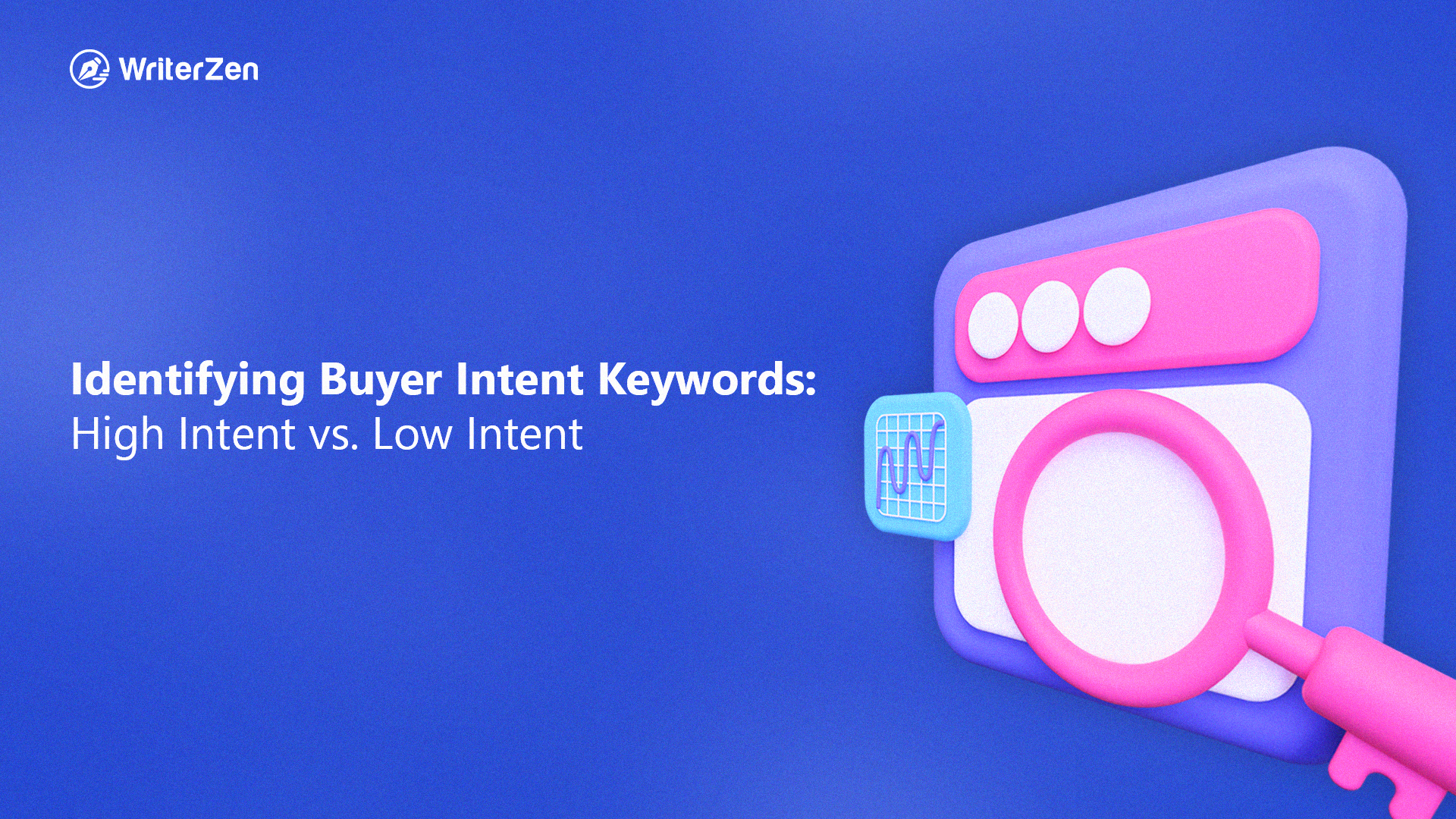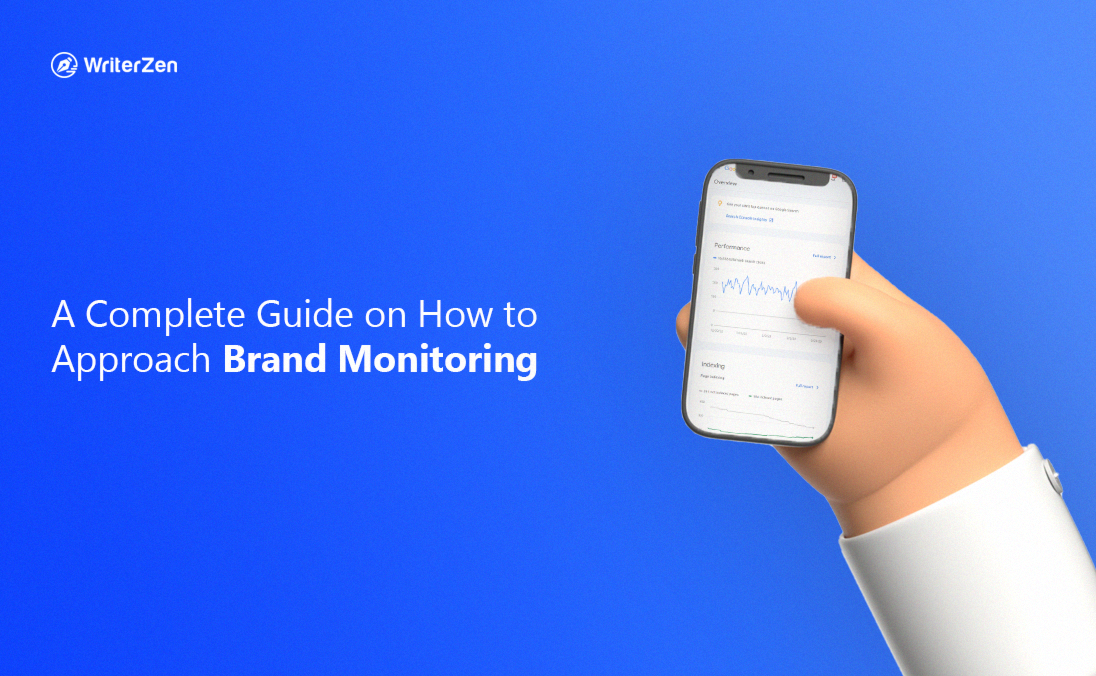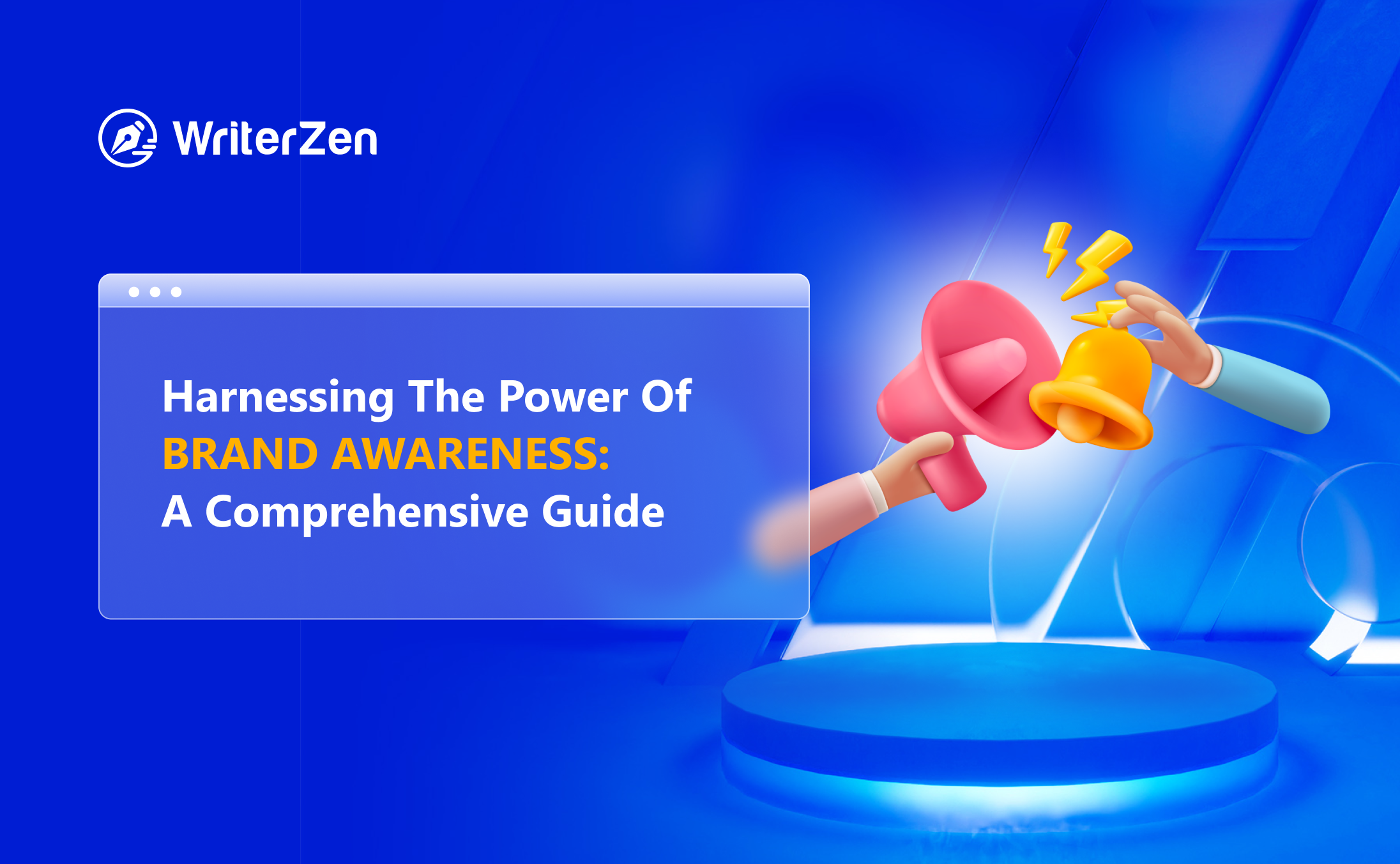Are you looking for new and innovative ways to generate leads and grow your business? In today's competitive market, it's essential to stay ahead of the curve and have the latest techniques at your disposal.
This blog post will provide you with cutting-edge lead generation strategies to help you reach your goals. You'll learn how to identify potential leads, create effective campaigns, and measure the success of your efforts.
Introduction to Lead Generation
Lead generation is the process of acquiring potential customers or clients for a business. It is an essential part of any successful business strategy, as it helps to increase brand awareness and drive sales.
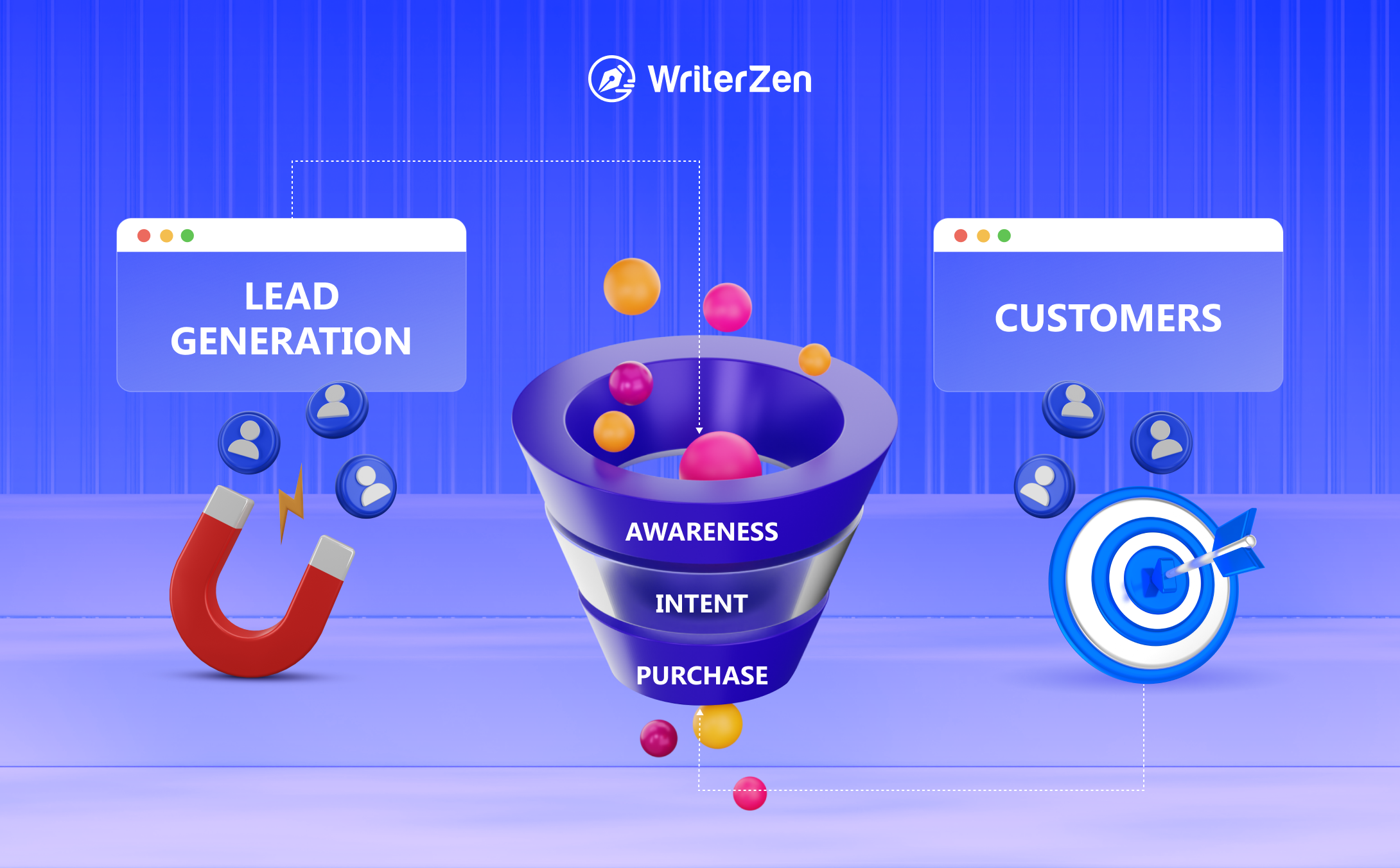
This task can be done through a variety of methods, such as creating content that attracts visitors to a website, running targeted advertising campaigns, or leveraging existing relationships with potential customers.
Lead generation is an important part of the sales process, as it helps to identify and nurture relationships with potential customers. By understanding the needs and interests of potential customers, businesses can create tailored content and campaigns that will help to convert leads into customers.
Lead Generation Techniques for Your Business
Generating leads for your business can be a daunting task. However, with the right techniques, you can create a steady stream of qualified leads.
Leveraging Social Media for Lead Generation
Social media is an incredibly effective tool for lead generation. The power of platforms like Twitter, Facebook, and Instagram can help businesses reach a wide range of potential customers and convert them into leads.
Lead generation through social media requires a strategic approach.
To get started, it's important to identify the right platforms for your business. Each platform has different features and appeals to different audiences, so choose the one that best fits your target market.
Once you've identified some, create content that is tailored to your target audience and promotes your brand. This can include different formats such as blog posts, videos, infographics, or other content that is helpful and informative.
Then, use calls-to-action (CTAs) to direct users to landing pages or other pages with more information about your product or service. Also, use analytics to measure the success of your campaigns and adjust your strategy as needed.

Examples
Nike's #JustDoIt hashtag campaign was an incredibly successful example of lead generation. It was a call to action for people to get up and get moving, and it resonated with people from all walks of life.
Another example is Airbnb's #LiveThere campaign. This campaign encouraged people to explore the world and experience different cultures, and it was extremely successful in driving engagement and creating leads.
The last example is Coca-Cola's #ShareACoke campaign, which was a huge success, as it encouraged people to share experiences with friends and family. The campaign was designed to be accessible to all age groups, with a focus on creating content that was both informative and entertaining.
These campaigns demonstrate the power of lead generation and how it can be used to increase sales and engagement.

Utilizing Advanced Analytics for Lead Generation
Advanced analytics can give businesses a comprehensive view of their customer base, allowing them to segment and target potential leads more effectively.
By leveraging advanced analytics, businesses can create targeted campaigns that are tailored to the needs and interests of their customers. This can help increase the success rate of lead generation campaigns, as customers are more likely to respond to messages that are relevant to them.
Furthermore, advanced analytics can help businesses track the performance of their lead generation campaigns, providing valuable insights into what strategies are working and which ones need to be adjusted.
Examples
Examples of successful advanced analytics lead generation campaigns include using predictive analytics to identify potential leads and leveraging customer segmentation to create targeted campaigns.
In addition, leveraging AI-driven marketing automation can help streamline the process of lead generation and nurture campaigns. AI-driven lead scoring can also help prioritize leads, ensuring that sales teams focus their efforts on the most promising leads.
It is also important to measure the success of lead generation campaigns, allowing the team to adjust and optimize their approach as needed. And while you're at it, make sure to keep track of customer data and use it to inform future campaigns, helping to ensure that marketing and sales efforts are better aligned.
Creating High-Quality Content for Lead Generation
Creating high-quality content is essential for successful lead generation. It is important to ensure that the content you create is engaging, informative, and relevant to your target audience.
To create effective content for lead generation, consider the type of content that will best resonate with your target audience, such as blog posts, videos, or infographics. Additionally, you should ensure that your content is optimized for search engines and that it includes a call-to-action.
Examples
One example of a successful content marketing effort for lead generation is Dollar Shave Club, who used a humorous ad video that was shared widely on social media, driving people to their website. This campaign resulted in an increase in sales of more than 12,000%.
Another example is Headspace, who focused on the use of educational videos and content that showed how their product could help people manage stress and anxiety. The campaign also brought back a significant increase in leads and conversions.

The accomplishments of these campaigns demonstrate the power of content marketing for lead generation. By creating content that resonates with their target audience, both Dollar Shave Club and Headspace were able to drive significant increases in leads and conversions.
Implementing Email Marketing for Lead Generation
Email marketing is another effective way to generate leads. It allows businesses to reach a large number of people quickly and at a low cost.
To employ email marketing for lead generation, it is important to build an email list of prospects, create engaging content that encourages people to click through to the website and use A/B testing to optimize the content and subject line of the emails.
Additionally, it is crucial to track and measure the success of the email campaigns to ensure that the leads generated are of high quality. With the right strategies in place, email marketing can be an effective tool for lead generation.
Examples
A good example is Letterboxd’s email marketing. Their strategy excels in delivering relevant and personalized content, fostering community engagement, and providing valuable film-related updates to its users.
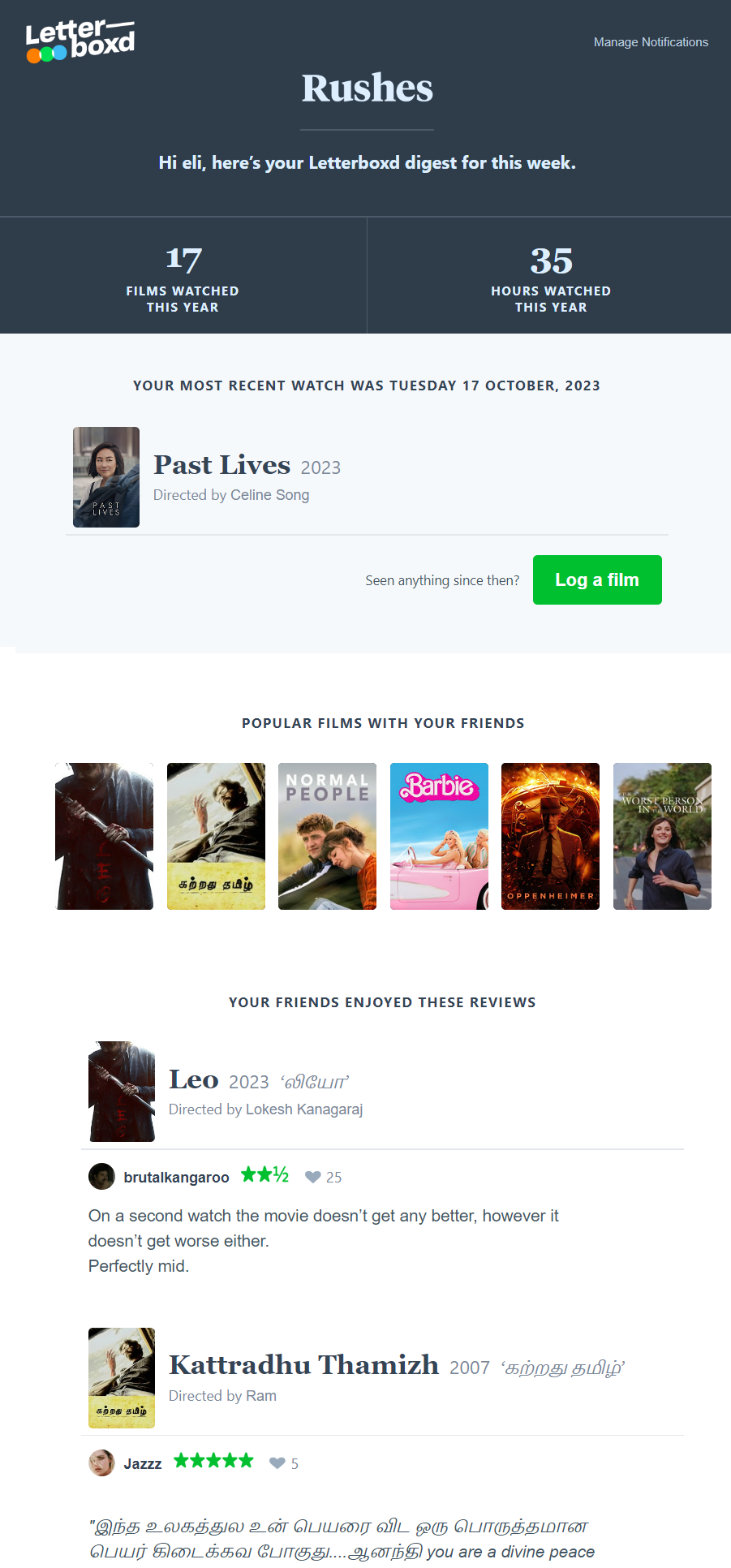
Another example of a successful email marketing lead generation campaign is the one used by Airbnb. They sent out an email to their customers offering a discount for referring new customers to their service. The email also included a link to the referral page, making it easy for customers to take advantage of the offer. This campaign resulted in an increase in referrals by more than 400%.
These cases demonstrate that personalizing emails and providing targeted content can be an effective way to increase lead generation, as well as incentivize customers to refer new customers.
Using SEO for Lead Generation
SEO (Search Engine Optimization) is an effective way to generate leads for your business. By optimizing your website for search engines, you can increase your visibility online and attract more potential customers to your website.
To use SEO for lead generation, you should focus on doing keyword research and creating content that is relevant to your target audience, optimizing your website for search engines, and building backlinks from other websites.
The ultimate goal of these practices is to create a friendly and engaging reading experience for visitors while making sure search engines can make sense of your content and give it a chance for a high ranking.
Don't forget to track the performance of your SEO efforts to ensure that you are achieving the desired results as well.
Examples
Google's content marketing strategy included creating high-quality content that was both informative and entertaining and then strategically placing it in front of their target audience with the right SEO practices. This content was designed to draw users in and encourage them to explore the website further.
Apple's content was also tailored to specific search terms, allowing them to reach the right people with the right message. This approach allowed them to increase brand awareness and drive more sales.
Final Thoughts
In conclusion, lead generation is a crucial component of business growth and success. The most effective lead generation techniques discussed in this article include employing social media, advanced analytics, high-quality content, email marketing, and SEO.
The main takeaway here is to remember that the success of a lead generation strategy depends on the implementation of the right tools and techniques. It is also important to be patient and consistent in order to maximize the effectiveness of any lead generation efforts.
We encourage you to implement these techniques in your own businesses to maximize lead generation efforts.



